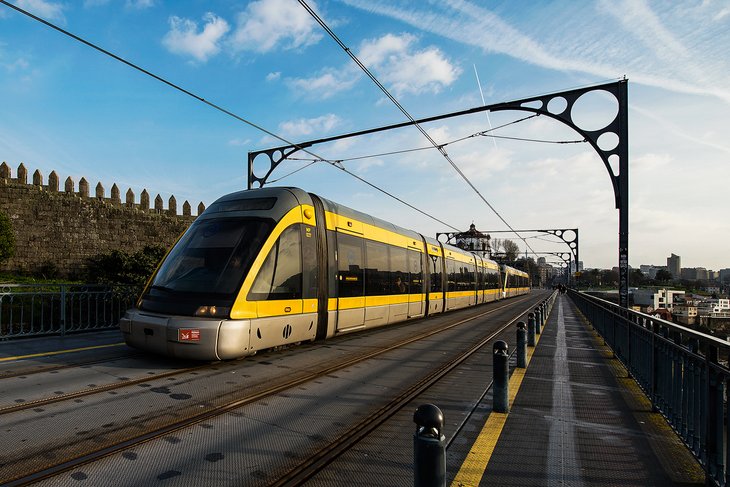Metro do Porto exceeds 950 million validations in 20 years of operation
Article

Filipa Brito
Precisely on December 7, 2002, Metro do Porto opened the Blue Line (A) and, with it the underground system in Área Metropolitana do Porto, in an official ceremony that took place at the Casa da Música station, presided over by the then prime-minister, Durão Barroso.
20 years after that historic moment, Porto underground has already transported more than 950 million customers along the 67 kilometres of the network (7,7 Km in tunnel) which currently include 82 stations (14 underground) and six lines.
In the past are the massive works that challenged the hard, granite and heterogeneous morphology of Porto’s subsoil, with mandatory reference to the powerful “micas” tunnelling machine, which eviscerated the city’s guts.
Between the formal opening of the first construction site, in Campanhã, in 1999, and the opening of the VC Fashion Outlet – Modivas station (the last one to be created). In 2017, the underground network was expanded, and the Blue Line was joined by five more: the Red Line (B), the Green Line (C), the Yellow Line (D), the Violet Line (E) and the Orange Line (F). The municipalities of Vila Nova de Gaia, Maia, Gondomar, Vila do Conde and Póvoa do Varzim were connected to Porto and Matosinhos.
Construction is currently underway on the Pink Line (São Bento – Casa da Música), the extension of the Yellow Line between Santo Ovídio and Vila D’Este (Vila Nova de Gaia) and the Ruby Line (Santo Ovídio – Casa da Música). However, on an anniversary day, the lines that have not left the paper, are also remembered, namely Trofa or, in the heart of Porto, the Boavista or Campo Alegre line.
On its official page, the company mentions that Metro’s operation allowed the removal of around 12 thousand cars from daily circulation, which, from an environmental point of view, meant less 55 thousand tons of CO2 per year that are no longer emitted. At the same time, more than 200 thousand square meters of green areas were created, and more than five thousand trees were planted as part of the urban refurbishment works that complement the network.